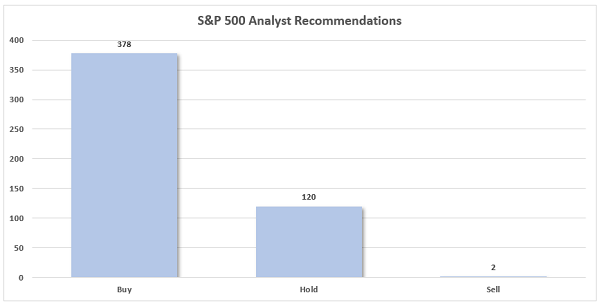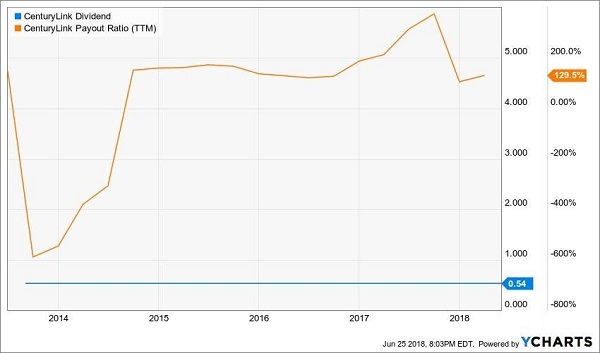What’s better than a big dividend?
A hated high yield.
Especially when the disgust comes from Wall Street analysts themselves. You know, the fanboys who follow the company for a living.
Analysts are paid to be bullish. Let’s face it, nobody wants to hear from a bear. Here’s how unusual is it for analysts to be down on a stock?

There are just two consensus Sell calls across the entire S&P 500. Two.
So, when one of the suits says a business is bad, we should take note, right?
Wrong.
Analysts tend to be trend followers. And as they say in the business, the trend is your friend until it ends.… Read more



Recent Comments